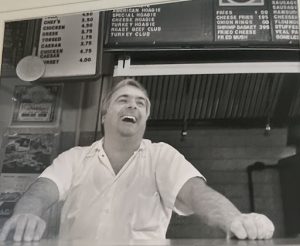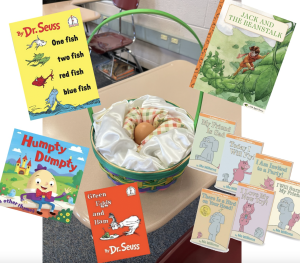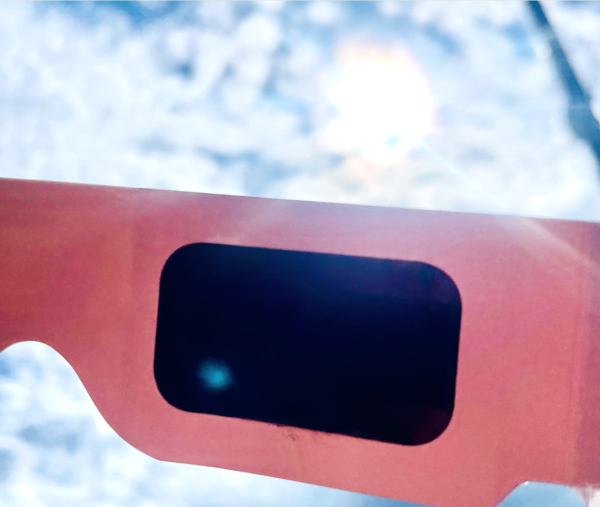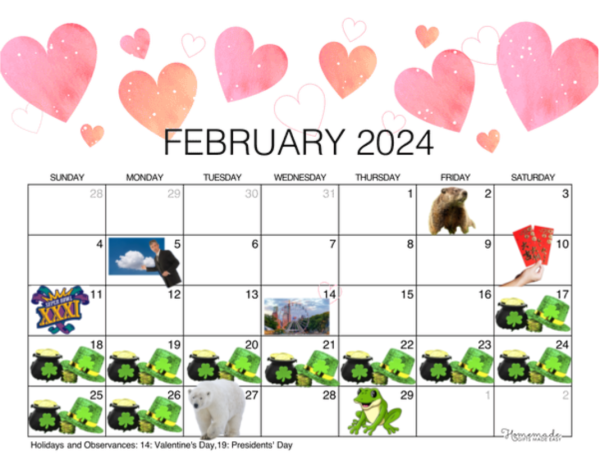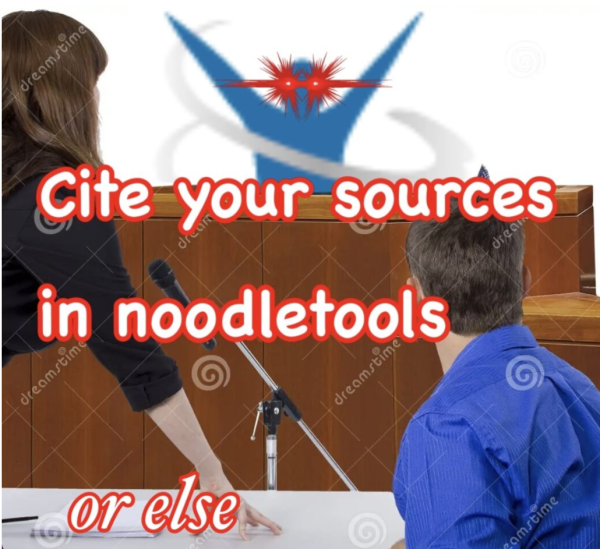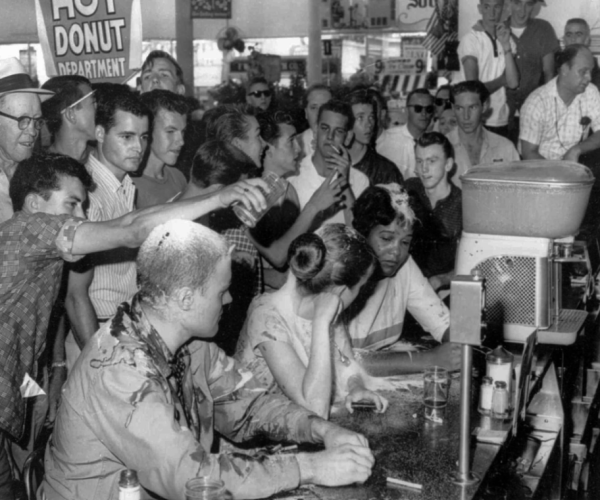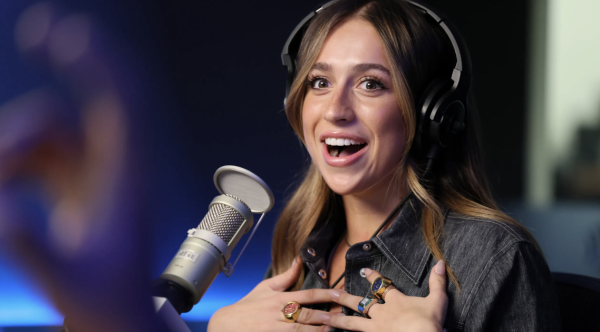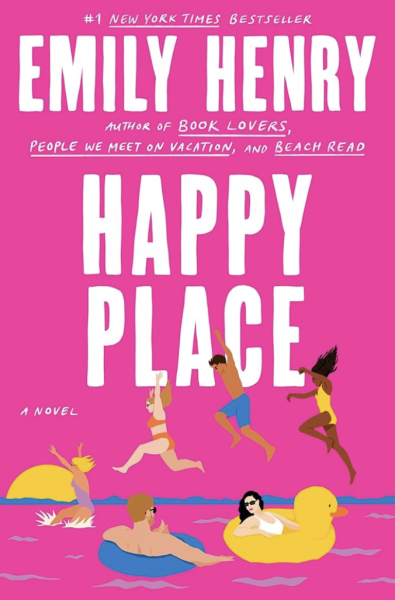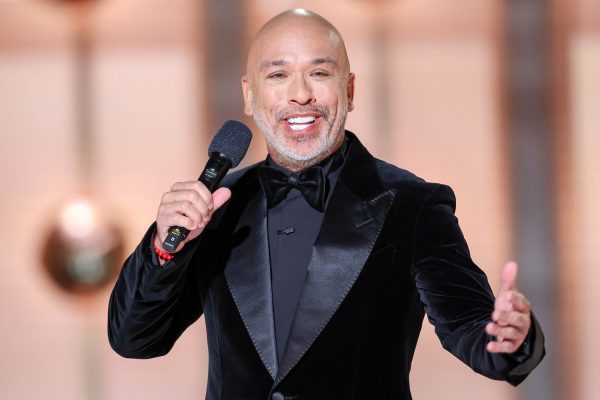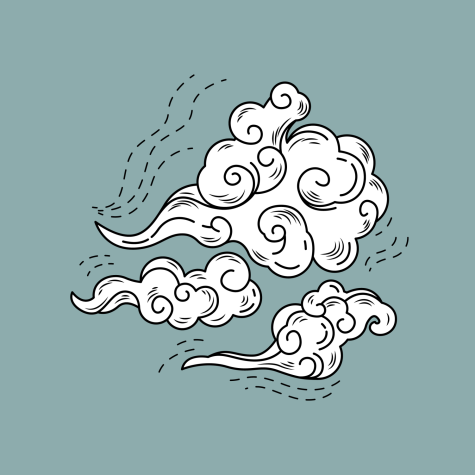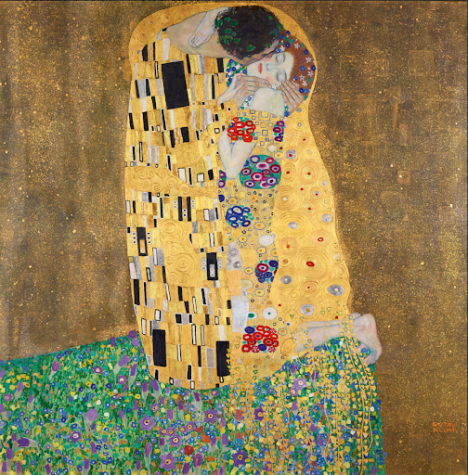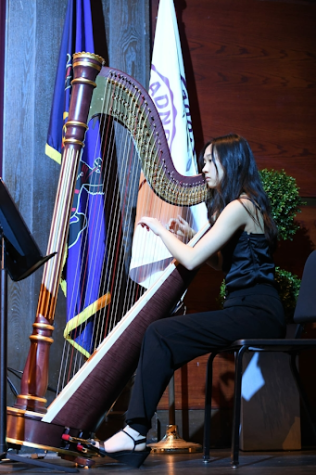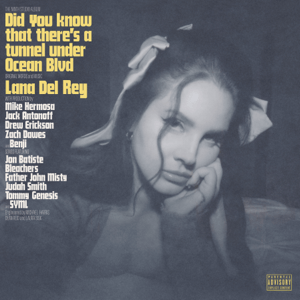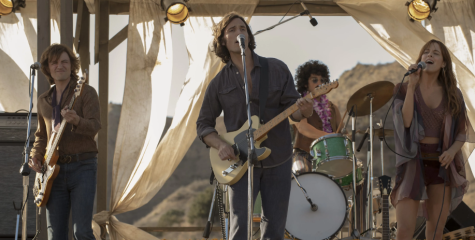Disney Reminds Us to Follow Our Hearts: Reviews of Moana and Inner Workings
January 31, 2017
Disney’s Moana sailed into theaters at the end of 2016, illustrating the story of Moana, a girl in line to be the leader of her island’s people. Despite her predetermined future, Moana finds herself being pulled towards the water and her desire to explore the ocean, to her father’s disapproval. After discovering the truth about her people’s past and following the advice of her beloved grandmother, Moana embarks on a journey, where she will meet both legendary heroes and powerful villains.
Like many Disney films, Moana features a young princess (or a chief’s daughter in this case), her animal companion, and a medley of cheerful music. She is also accompanied by the demigod Maui, who assists Moana through her endeavors. Similar to past Disney and Pixar animated movies, such as Tangled and Brave, Moana’s familiar plot of a young princess going against the instructions of her guardian, instead choosing to follow her dreams, repeats the message of following your heart and believing that you have power over your future and who you become. Moana delivers this message with a set of characters that are easy to fall in love with from the start of the film, especially the adorable young Moana and her pet piglet Pua, creating another charming onscreen adventure.
The film is set in the land and seas of Polynesia, a region with rich landscape and culture.The scintillating, transparent aqua water and luscious vegetation of the islands, including vibrant leaves, grasses, and flowers, though animated, are beautifully captured and add a visual appeal to the film. While the film primarily focuses on the island of Samoa, there are allusions to others, like Tahiti, which is renamed Te Fiti in the movie. Polynesian culture is also woven into the film, one such element being Samoan body art. Mythical aspects are also included, such as the Kakamora and the demigod Maui. This, however, has drawn some criticism, as some claim Moana extended its creative license too far and provided inaccurate and demeaning interpretations of culturally-important figures. Maui, who is a genuine, strong hero according to legend, is portrayed as an unintelligent and comical character in the movie, and his physical appearance as a large, stout man had some viewers cringing with disapproval. Not to mention, the Kakamora, which are mythical, Melanesian creatures that are generally described as incredibly small people, are depicted as living coconuts in the film. It is highly unlikely that Disney’s alterations of these traditional characters were meant maliciously, rather they were likely attempting to make the film more entertaining for a younger audience. Disney did make an effort be true to Polynesian culture by getting feedback on the imagery and script from Oceanic Trust, a group of people familiar with Polynesia. Still, not all inaccuracies could be avoided. One of the most obvious – a woman becoming chief – was at the very center of the plot, and there would have been no movie without it. If you are willing to note these discrepancies between Polynesian culture and the Disney tale and the reasons they exist, then Moana is definitely worth seeing.
No Disney movie is complete without its music, and Moana’s soundtrack is highly commendable. While some of the songs, like “Shiny” and “You’re Welcome,” resemble those of past films, others, like “How Far I’ll Go” and “We Know the Way,” are unique in their combination of modern Disney music and the traditional instruments, rhythms, and lyrics of Polynesian music. By incorporating the voices of the young but talented Auli’i Cravalho (Moana), as well as Samoan singer/songwriter Opetaia Foa’i and Hamilton star Lin-Manuel Miranda, working with Marc Mancina to write the music for the film, the creators of Moana were able to embed a collection of upbeat, uplifting, and inspiring music within the movie that suited its themes perfectly and helped relay the movie’s central ideas to the audience.
Unfortunately, many of us have probably outgrown Disney films, and given the choice of Moana or the next epic action movie, we would be inclined to choose the latter. Consequently, when I went to see Moana, I was not surprised to find myself in a theater with children much younger than me. But while Disney generally targets these younger audiences, their films’ themes often resonate more with teenagers. The main characters, like Moana, are usually young adults longing for independence and the freedom to make their own choices about who they want to be and what they want to do. Being high school students, with graduation in our imminent futures, we are constantly reminded of the choices that we will have to make and of the expectations our parents, teachers, and peers have. Although Disney’s message to listen to the advice of others but also remain true to our own dreams can be deemed overstated, it is applicable to our own lives. So while Moana may not leave you on the edge of your seat, it is a heartwarming story that can leave you teary-eyed in some scenes and laughing in others, and can be an enjoyable, relaxing filler for your afternoon.
My experience watching Moana in theaters was made even better by Inner Workings, a Disney short that preceded Moana in theaters. Inner Workings mirrored the “listen to your heart” message of Moana, but seemed to be more geared toward the adults in the audience. Like Inside Out, it brings to life a person’s internal self, but rather than embodying feelings, it personifies the different organs of the body of a man named Paul, who has an exceptionally boring job but is afraid to commit to the activities he enjoys. Though it may have been only a few minutes long – significantly shorter than your average Disney film – it managed to successfully maintain an element of humor, while also conveying an important message. Inner Workings creatively and ingeniously calls attention to the power of one’s mind, and how our brains often dismiss our stomach’s desire for junk food and our heart’s hunger for action and love because of the potential risks that are associated with them. It also demonstrates, however, that if we always listen to our brains and never do anything exciting, concentrating only on what we’re supposed to do (like work a meaningless job), then we can never be truly happy. In essence, both films taught their audience that we should not run away from the adventure we crave, especially as we get older, and we should instead listen to our hearts.



